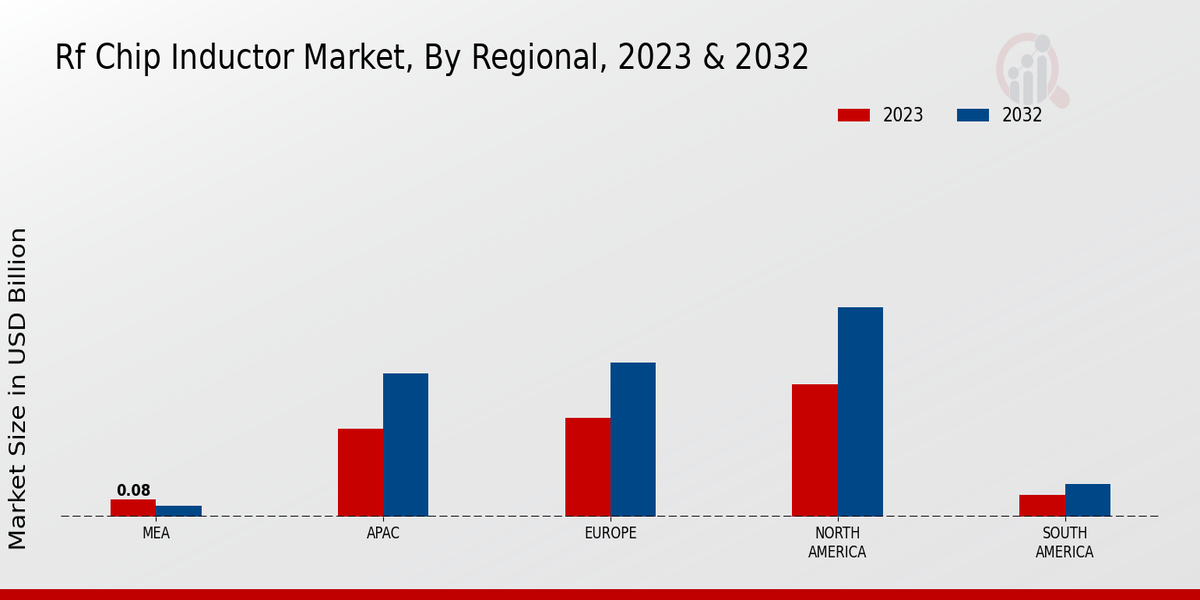The competitive landscape of the RF Chip Inductor Market is characterized by a dynamic interplay of innovation, technological advancements, and robust manufacturing capabilities. With increasing demand for high-frequency applications such as wireless communication, consumer electronics, and automotive systems, various players are striving to enhance their market presence. The emphasis is placed on miniaturization, efficiency, and cost-effectiveness, which leads to aggressive research and development activities. Companies are also focusing on forming strategic alliances and partnerships to leverage shared technology advancements and expand their market reach.
As competition intensifies, understanding the strengths and positioning of key players becomes crucial for stakeholders looking to gain insights into market trends and future growth trajectories.
Nippon ChemiCon stands out in the RF Chip Inductor Market due to its strong reputation for quality and reliability in its product offerings. The company leverages its extensive experience in the electronic components arena, which allows it to develop inductors that meet stringent performance specifications required by modern RF applications. With advanced manufacturing processes and a commitment to innovation, Nippon ChemiCon efficiently integrates cutting-edge technology into its RF Chip inductors. Moreover, its strong distribution network enhances its market presence, allowing it to cater to various industries and global markets effectively.
The company’s dedication to customer satisfaction through customized solutions further reinforces its competitive edge, making it a formidable player in the RF Chip inductor segment.
Kemet is another key participant in the RF Chip Inductor Market, renowned for its high-performance inductive components. The brand's strength lies in its comprehensive product portfolio, which addresses a wide array of applications in the RF sector. Kemet's commitment to research and innovation has led to the development of advanced inductive solutions that not only meet industry demands but also comply with regulatory standards. The company emphasizes robust manufacturing techniques that ensure product consistency and reliability, appealing to clients across various sectors, including telecommunications and automotive.
Kemet’s strategic initiatives to expand its global footprint and enhance customer engagement through superior support further strengthen its position in the competitive landscape of RF Chip inductors, enabling it to capture a significant market share.

















